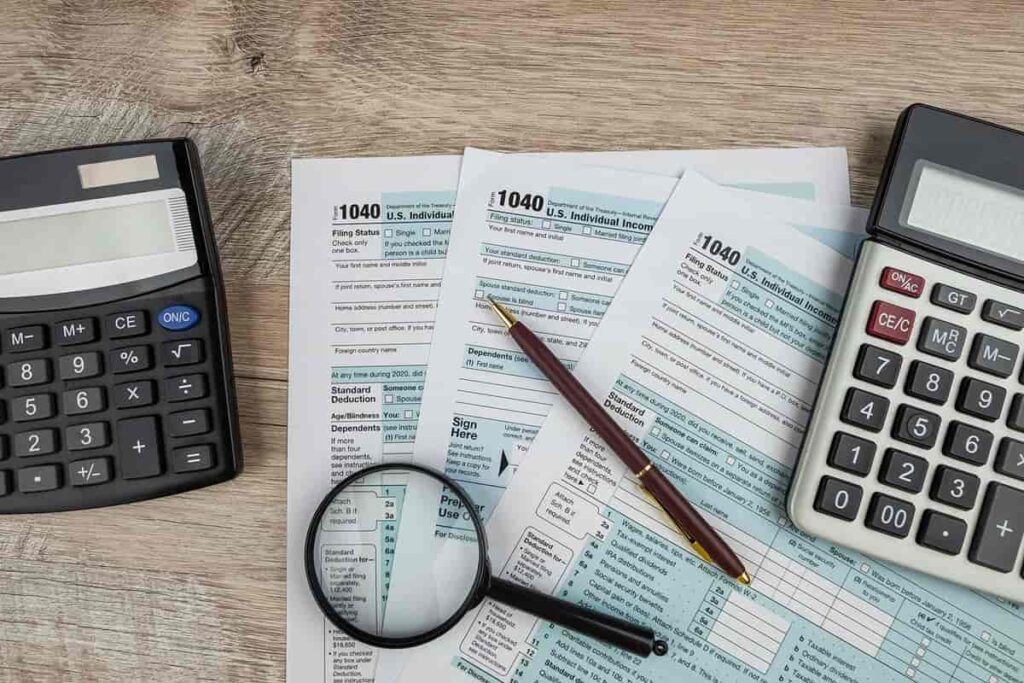The Smaller the Stock, the Bigger the Risk
Table of contents

One in four people who attempts to climb K2 dies during the best of times. So, what sort of giant brass cojones would you need to climb it in the winter? That’s just what a team of ten Sherpas did one year ago today, the first winter ascent of K2. Here’s a brief quip from a Guardian article announcing the accomplishment of the last great challenge for mountaineers, something largely considered impossible to complete without dying.
Ten Sherpas, prominent among them Nirmal Purja, a former Gurkha and UK special forces member who had previously climbed all 14 8,000-metre-plus peaks in just over six months, summited K2 in Pakistan on Saturday.
Climbing K2 in winter wasn’t challenging enough for Nirmal Purja who did the entire climb without supplemental oxygen. While these incredible humans survived weeks in a world starved of oxygen – where Celsius and Fahrenheit meet at minus 40 degrees – we were down with a bad case of the sniffles having our third crack at Rosetta Stone Spanish.
One of the biggest dangers climbers face is being in “the death zone,” the small surface of our planet that’s above 26,247 feet elevation, where there isn’t enough oxygen to live. In the equities market, there’s a death zone that companies enter when they get too small. That’s what we’re here to talk about today – small capitalization companies.
What is a Small Company?
How long is a piece of string? Various firms have different criteria as to what constitutes small. In our world, and many of the firms we’ve served time in, a stock with a market cap of less than $1 billion is too small to be investable. Index providers often set market cap cutoffs so that their indices remain investable with enough liquidity. Asset managers often segment their equity portfolios by size and their rules vary as to how much small-cap risk they can tolerate. Maybe one of the most widely read definitions is probably the one many finance people read about while studying for the CFA.
- Small Cap –Companies with a market capitalization between $250 million to $1 billion. They are high-risk and high-return stocks, as the companies are in the growth stage. A large number of companies belong to the small-cap category.
We recently put together a piece on Why Size Matters for Tech Stocks in which we defined our own size criteria, one that also happens to match how ARK Invest classifies size for tech stocks.

But unlike ARK Invest, we won’t invest in any stock with a market cap of less than $1 billion because we want to minimize risk, not increase it. A stock that’s fallen into the death zone needs to get out as quickly as possible if it expects to survive (not go bankrupt) or even thrive (grow revenues and consequent market share). The more time spent in the death zone, the less likely a company will emerge unscathed.
Small Stocks Are Risky
As notorious U.S. crimefighter Sergeant Stedenko used to say, “the better the bust, the bigger the boost.” When it comes to equities, the smaller the stock, the bigger the risk. It’s a widely accepted fact in finance that’s supported by numerous studies. It’s also quite intuitive based on the principles of economics.
We all know large companies start to enjoy benefits with economies of scale. When you’re someone else’s biggest customer, they’ll trip all over themselves to keep you happy with the most favorable shipping terms, the best product, first right of refusal on new stuff, and the list goes on. Then there are the small companies on the other end of the spectrum where size acts as an impediment instead of an advantage. Simply put, small companies operate at a disadvantage because they do not enjoy the same access to resources as large companies do. They are more prone to implode when times get tough.
There are two ways for a company to find themselves in the death zone. They are either born there, or they enter the death zone from above.
Being Born in the Death Zone
We see companies like this all the time. They’ll usually start trading on the over-the-counter (OTC) exchange and then try to up-list, or they’ll trade on some foreign exchange which supports initial public offerings (IPOs) for the smallest of companies. For whatever reason, many companies decide to begin life trading at a sub-billion-dollar market cap, but very few end up emerging to become great growth stories. Bico Group (BICO.ST) is an example of a company that grew consistently over time to eventually emerge as a $1.5 billion 3D bioprinting company that – at least so far – seems to be a good opportunity to invest in a rapidly growing disruptive technology.
Arriving in the Death Zone
When you’re a publicly traded company, your size is always on display for the world to see. If your market cap falls significantly over time, it shows that institutional investors don’t see enough intrinsic value to step in with strong hands. Many institutional investors can’t because many have market cap cutoffs that prevent them from doing so. That puts further selling pressure on stock prices and it becomes a vicious cycle. The longer a company stays in the death zone, the less likely they’ll emerge unscathed.
When a company we love – meaning we’re holding it in our own tech stock portfolio – falls into the death zone, it needs to get out fast. Therefore, we can set a rule that says, “if a company we’re holding falls into the death zone and remains there for one quarter or more, revisit thesis and figure out if things are going pear-shaped.” If a company we “like” (meaning we’d consider holding it) falls into the death zone, we need to reassess our sentiments in the same manner. Right now, there are 14 stocks we like that are surviving in the death zone. Here they are grouped into market cap buckets (in USD millions).
| 1,000-750 | 750-500 | 500-250 | 250-0 |
| 5 | 3 | 2 | 4 |
Going forward, we’ll be evaluating each of these “likes” to see how long they’ve been in the death zone and why they’ve ended up there. Stocks that stay in the death zone too long become impossible to like, and consequently should be classified as “avoids.”
As with most things in life, an increase in risk often comes with an increase in potential reward. Many academic studies have shown that small-cap companies outperform over time, but fare worse than their peers in times of economic turmoil. Small-cap stocks are often “high beta” which means they’ll fall much further than large-cap stocks, all things being equal. A quick look at the Nasdaq’s bull run should be sufficient to convince investors that now is not the time to be backing the truck up on risky assets.

Conclusion
We’re always refining our tech investing methodology with more rules that help minimize risk. Companies we’re holding (or thinking about holding) should always be growing revenues, and growth companies don’t decline in value over time. Therefore, companies that slide below a $1 billion market cap into the death zone immediately come under suspicion if they spend too much time there. Going into 2022, we’ll be reexamining the 14 tech stocks we like which have a current-day market cap of less than $1 billion.
Sign up to our newsletter to get more of our great research delivered straight to your inbox!
Nanalyze Weekly includes useful insights written by our team of underpaid MBAs, research on new disruptive technology stocks flying under the radar, and summaries of our recent research. Always 100% free.















Why are you mentioning BICO? It just crashed -70%??
Bico Group was listed months after being founded in 2016. Over years of consistent revenue growth, the company surpassed the $1 billion market cap (born in the death zone and exited the death zone) and now sports a market cap of $1.44 billion today.
Yes, the stock is very volatile. That’s what you should expect when you invest in small cap tech stocks. This crash as you call it is an opportunity to add more shares at a significant discount, if the thesis hasn’t changed that is. Growth stocks are all taking a massive beating right now and we should expect that effect is compounded the smaller a stock is.